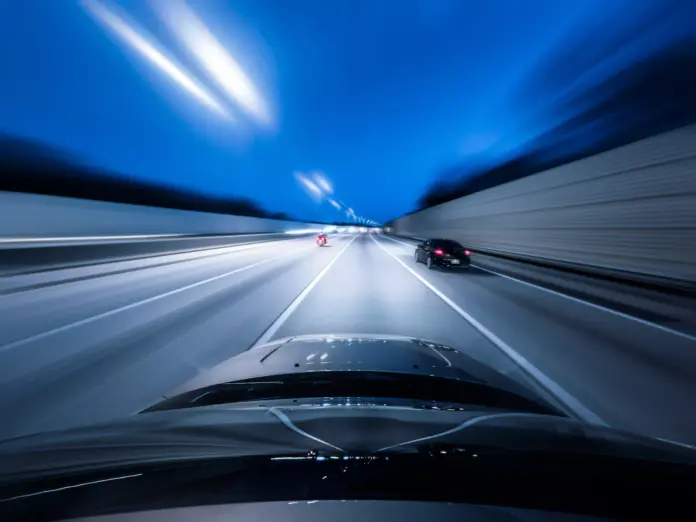
Article Excerpt:
Have you ever driven home and arrived at your destination without remembering how you got there? No, you weren’t abducted by aliens or taken over by your alternate persona. You simply experienced highway hypnosis. Highway hypnosis or white line fever is a trance-like state under which a person drives a motor vehicle in a normal, safe manner yet has no recollection of having done so. Drivers experiencing highway hypnosis may zone out for short distances or hundreds of miles.
Highway hypnosis is an example of the phenomenon of automaticity. Automaticity is the ability to perform actions without consciously thinking about them. People perform daily activities automatically all the time, such as walking, riding a bike, or performing a learned and practiced skill, such as knitting. Once a skill is mastered, it’s possible to perform it while focusing on other tasks. For example, a person skilled at driving a car can plan a grocery list while driving. Because the stream of consciousness is directed at the other task, partial or complete amnesia of the time spent driving can occur. While driving “on automatic” may seem hazardous, automaticity may actually be superior to conscious driving for professional or skilled drivers. This is called the “centipede effect” after the fable of the “centipede’s dilemma” or “Humphrey’s law” after psychologist George Humphrey. In the fable, a centipede was walking along as usual until another animal asked it how it moved with so many feet.
When the centipede thought about walking, its feet became entangled. Humphrey described the phenomenon another way, “No man skilled at a trade needs to put his constant attention on the routine work. If he does, the job is apt to be spoiled.” In the context of driving, thinking too hard about the actions being performed may worsen the skill.
Analysis:
I have personally experienced “Highway Hypnosis,” but never knew that there was a defined term for this phenomena. This happened much more frequently when I was driving around my hometown of Dublin, Ohio. For over 20 years, I had driven around in the same streets, and had become accustomed to the turns, bumps, and blind spots of the area. Many times, I remember driving home from a certain place, almost “zoning out” in the process. Unlike fatigued driving, I was well aware of my surroundings, checking my mirrors and looking left and right as usual. I would suddenly “come to” in my driveway as I arrived home. Other times, I would begin driving home even though my intended destination was far away. Unbeknownst to me, It seems as though the route to my house had been programmed in my brain. The repetitive driving around the area which almost always ended in my returning home has ingrained into my subconscious, allowing my brain to “hypnotize” on the way home.
Thinking forward, how might there be a way to foster this “hypnosis” of familiarity into the event where a capable person (soldier or civilian) can safely and adequately transport an injured person (soldier or civilian) to receive care?



